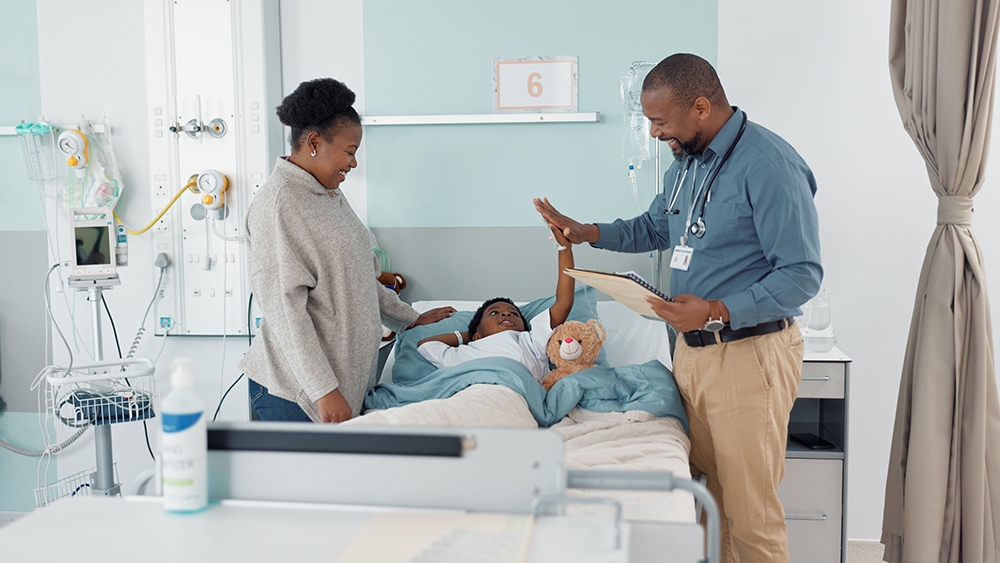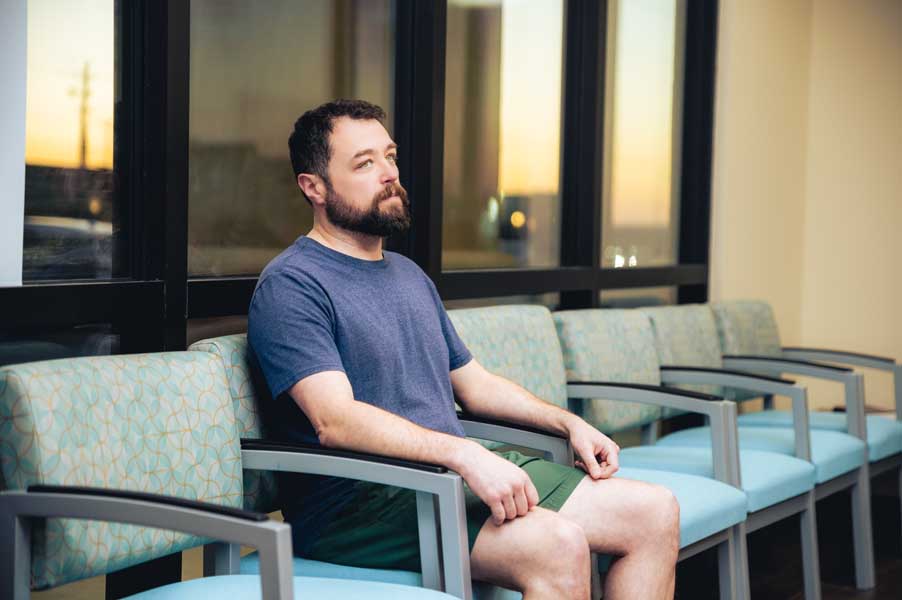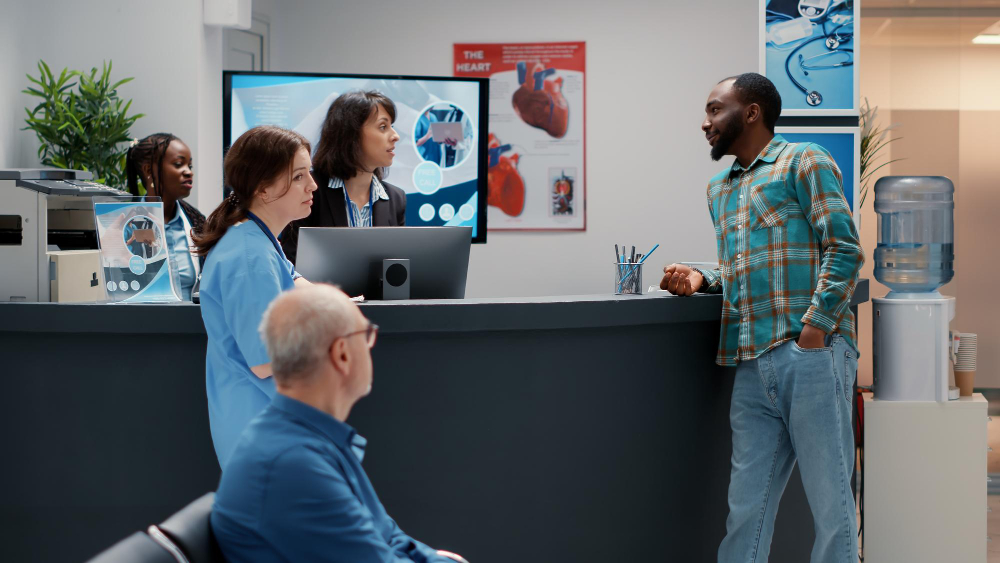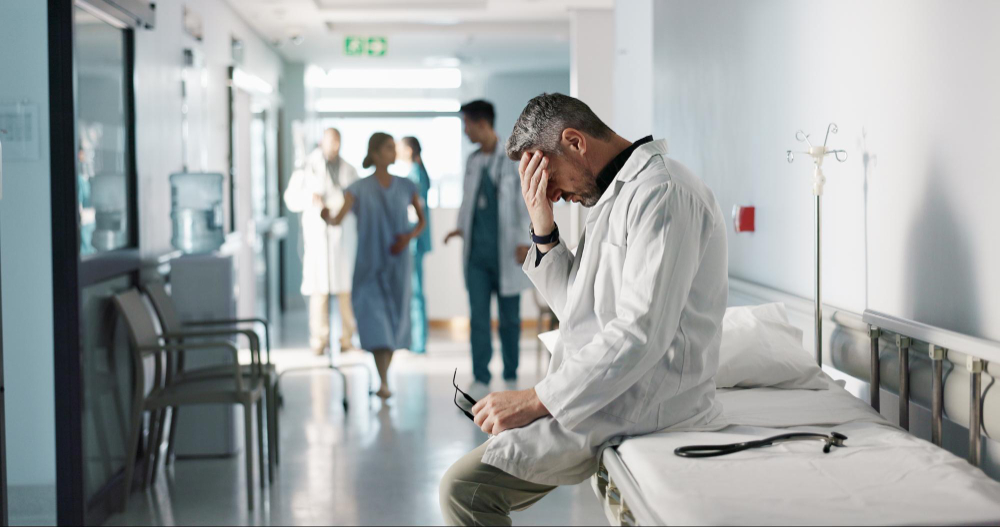Understanding Common Emergency Room Visits: What Ailments Bring Patients to the ER?
Emergency rooms (ERs) serve as critical hubs of medical care, addressing a wide array of urgent health concerns. From sudden injuries to severe illnesses, the ER stands as a lifeline for those in need of immediate medical attention. Understanding the common reasons behind emergency room visits sheds light on prevalent health issues and aids in efficient resource allocation within these vital facilities.
Unveiling the spectrum of ER visits:
Trauma and Injuries
Traumatic injuries constitute a significant portion of ER visits, ranging from minor cuts and bruises to severe fractures and head traumas. According to the Centers for Disease Control and Prevention (CDC), falls are among the leading causes of non-fatal injuries treated in emergency rooms, especially among the elderly population. Additionally, motor vehicle accidents, sports-related injuries, and workplace mishaps often prompt individuals to seek urgent care in the ER.
Respiratory Distress
Respiratory emergencies, including asthma attacks, pneumonia exacerbations, and acute bronchitis, frequently prompt individuals to visit the ER. These conditions can rapidly escalate, leading to life-threatening complications if not promptly addressed. Patients experiencing severe shortness of breath, chest pain, or wheezing often seek immediate medical attention in the emergency room setting to receive timely interventions such as oxygen therapy and bronchodilators.
Cardiac Events
Chest pain and other symptoms suggestive of cardiac issues drive numerous individuals to seek emergency care. Heart attacks (myocardial infarctions), arrhythmias, and heart failure exacerbations are among the cardiac emergencies commonly encountered in the ER. Prompt evaluation, including electrocardiography (ECG) and cardiac enzyme testing, is crucial to initiate appropriate treatments and minimize the risk of adverse outcomes.
Gastrointestinal Disturbances
Severe abdominal pain, vomiting, and gastrointestinal bleeding are frequent reasons for emergency room visits. Conditions such as appendicitis, pancreatitis, and gastroenteritis necessitate urgent evaluation to determine the underlying cause and implement necessary interventions. Diagnostic modalities such as computed tomography (CT) scans and laboratory tests aid in diagnosing and managing gastrointestinal emergencies effectively.
Neurological Emergencies
Stroke, seizures, and head injuries constitute significant neurological emergencies encountered in the ER. Time-sensitive interventions, such as thrombolytic therapy for ischemic strokes and antiepileptic medications for seizures, aim to mitigate neurological deficits and prevent further complications. Rapid assessment and diagnostic imaging, including CT and magnetic resonance imaging (MRI) scans, play a pivotal role in guiding management decisions in these critical situations.
Transitioning to Advanced Care
As the landscape of emergency medicine evolves, standalone emergency rooms equipped with advanced diagnostic capabilities, such as MRI imaging, emerge to meet the growing demand for comprehensive emergency care. Walk-in emergency rooms provide expedited access to medical services, ensuring timely evaluation and treatment for individuals requiring urgent medical attention. These facilities bridge the gap between traditional ERs and outpatient clinics, offering a streamlined approach to emergency care delivery.
Choosing Reliant Emergency Room When You Need Help Now
It’s important to understand the common ailments that prompt individuals to seek emergency room care. It also underscores the importance of these critical healthcare facilities. Ailments can be trauma and respiratory distress, cardiac events, and neurological emergencies. The ER serves as a frontline defense against life-threatening health crises. Recognize the diverse spectrum of conditions encountered in the emergency room settings. Healthcare providers can enhance preparedness and optimize patient outcomes.
Reliant Emergency Room: Your Trusted ER in Corpus Christi
Reliant Emergency Room stands as a beacon of hope in times of medical crisis. We provide prompt and compassionate care to residents of Corpus Christi, Texas, and beyond. We have a state-of-the-art facility and a dedicated team of healthcare professionals. Reliant Emergency Room ensures that you receive the highest standard of emergency medical services when you need them the most. Trust Reliant Emergency Room to be your partner in health and wellness. We offer unparalleled expertise and support during your time of need.
Sources:
- Centers for Disease Control and Prevention (CDC): www.cdc.gov
- American College of Emergency Physicians (ACEP): www.acep.org
- National Institutes of Health (NIH): www.nih.gov








